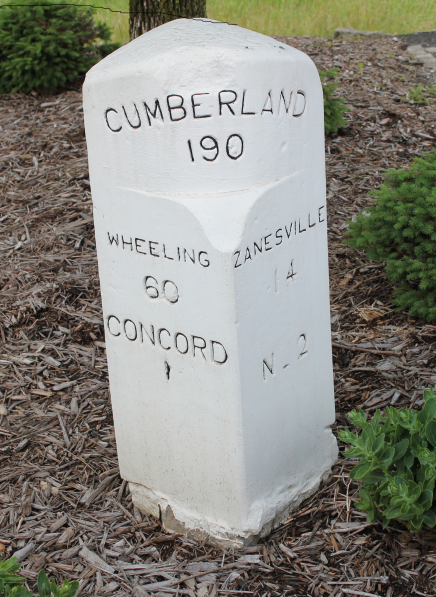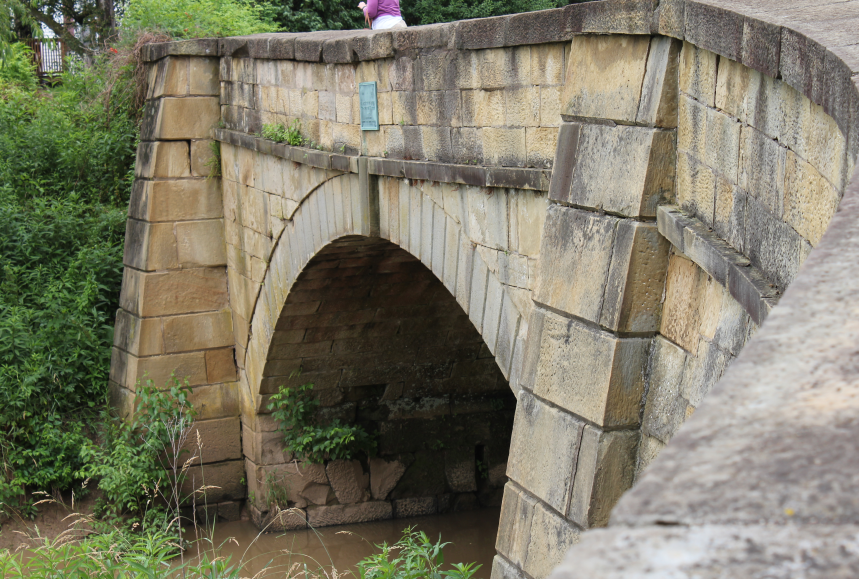At the Board of Governors meeting at the MBAA Annual Conference in Chicago a few weeks ago, District Midwest BOG representative Andy Tveekrem shared our district's "Best Practices Suggestion”: Recognizing the focus and strengths of other organizations, and partnering with them to showcase and advance the interests of all.
In that "best practices" spirit, I offer a unique hands-on-heritage experience. My wife and I are members of "PALAM," short for "Palatines to America German Genealogical Society." This is a national organization that exists to promote the study of Germanic immigration to North America. PALAM's membership stretches across several state chapters and is ardently dedicated to assisting researchers in finding their German-speaking ancestors and their place of origin. Germany, Austria, Alsace, Switzerland, Luxembourg, Liechtenstein, Poland...really any German-speaking area is ripe for their support. The term "Palatine" originally referred to someone who came from along the Rhine River in the Palatinate of southwestern Germany. However, the term now generally applies to all German immigrants who arrived in America.
Debbie and I attended the annual PALAM national conference that took place in our hometown of Columbus, Ohio, the weekend of June 27–28, 2014. As always, they offered an impressive list of speakers and topics, including "Germans in the American Civil War," "An Introduction to the German Phonetics of Personal and Place Names," "German Historical Events and Developments that Family History Researcher Should Understand," and much more. This has been especially meaningful to me, as I reflect upon the fact that our original 1887 MBAA constitution stipulated that all meetings and records were to be held in German. It was not until the 12th Annual Convention in 1901 that it was recognized that meetings could be conducted in either German or English!
One of the highlights of the conference for me was a day-long tour of the Ohio portion of the National Road. Lager-drinking Germans quickly populated the river towns of Pittsburgh, Cincinnati, Louisville, and St Louis. They also quickly populated the Great Lake towns of Cleveland, Chicago, and Milwaukee. But the interior, the non-river and non-lake brewing traditions were made possible by the canal systems and the National Road.
 The historic "National Road" was originally conceived by Albert Gallatin, Secretary of the Treasury under President Thomas Jefferson. It was the very first federally-funded interstate highway. Beginning in Cumberland, Maryland, it crossed six states: Maryland, Pennsylvania, Virginia (now West Virginia), Ohio, Indiana, and Illinois, stretching over 700 miles to the Mississippi River. Construction of the road began in 1811, It reached my hometown of Columbus in 1833. It continued westward, opening the nation's interior and providing a non-river means to move goods, materials, supplies, livestock, and people. It was responsible for much of our young nation's "interior" commercial success, supporting and growing existing communities, platting new towns, and providing travelers with a seven-state string of inns and taverns. And it made possible the building of breweries to support them.
The historic "National Road" was originally conceived by Albert Gallatin, Secretary of the Treasury under President Thomas Jefferson. It was the very first federally-funded interstate highway. Beginning in Cumberland, Maryland, it crossed six states: Maryland, Pennsylvania, Virginia (now West Virginia), Ohio, Indiana, and Illinois, stretching over 700 miles to the Mississippi River. Construction of the road began in 1811, It reached my hometown of Columbus in 1833. It continued westward, opening the nation's interior and providing a non-river means to move goods, materials, supplies, livestock, and people. It was responsible for much of our young nation's "interior" commercial success, supporting and growing existing communities, platting new towns, and providing travelers with a seven-state string of inns and taverns. And it made possible the building of breweries to support them.
The Acts of Congress authorizing the National Road required recognizable "milestones” to appear at regular intervals along the road. Many of these remain to this very day. In Ohio, these milestones stood about three feet tall. Each one indicated the distance to Cumberland, Maryland, where the National Road began. Each one also indicated the distance to the nearest villages for both eastbound and westbound travelers. Many were pointed out to us, such as the milestone pictured right.
 To carry goods and travelers across the many streams and rivers along the route of the National Road, gorgeous and graceful stone bridges were built in the Roman arch-with-keystone style. Many still exist to this very day. We were able to visit several, such as the gem pictured left.
To carry goods and travelers across the many streams and rivers along the route of the National Road, gorgeous and graceful stone bridges were built in the Roman arch-with-keystone style. Many still exist to this very day. We were able to visit several, such as the gem pictured left.
For me, the MBAA Heritage Chair, the PALAM Conference underscored the undeniable German connection of our own organization showcasing the many contributions of our German heritage. It also provided numerous sources for possible answers to history/heritage questions that we might have, especially regarding our local districts. In a spirit of "best practices," I encourage all of you to be open to other professional organizations whose strengths and focus might run parallel to your local MBAA district's interests, as possible sources of shedding new light in ways you may have never imagined!
